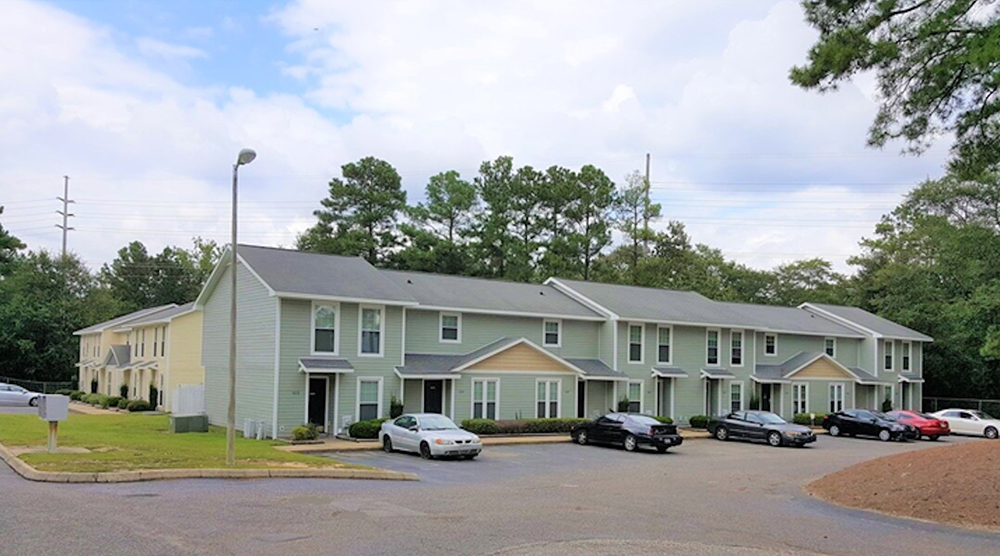Appraisal modernization and appraisal trends - by William Pastuszek

Appraisals, appraisers, and the appraisal process have received much scrutiny over the past couple of years. This is particularly so in the residential sector, where the appraisal community has entertained much attention from housing and anti-discrimination advocates. This movement includes questions and concerns about the structure and regulation of the appraisal industry.
Here are some trends to think about. This article concentrates more on residential practice than commercial, but much of what follows relates to both practice areas.
• A recent webinar - State of the Profession: A Discussion with the Appraisal Foundation and Appraisal Subcommittee - brought together David Bunton, president of the Appraisal Foundation, and James Park, executive director of the Appraisal Subcommittee to discuss a number of topics facing the appraiser profession. These topics included: Diversity Equity Inclusion (DEI), Different Aspects of Reconsideration of Values, Fair Housing and Bias issues, Consumer Outreach, and future perspectives on trends in 2023. The moderator was Johnnie White, CEO/EVP of the American Society of Appraisers (ASA). This seminar was sponsored by a number of appraisal associations, including the Massachusetts Board of Real Estate Appraisers (MBREA).
The panelists spoke on a number of important topics, including the issue of appraisal bias and perceived or actual discrimination in appraisals. Both panelists raised some important issues and questions with regard to changes needed in the appraisal profession to meet current expectations of public trust. Underscored also was the need to react positively to justified criticisms and that the profession needs to acknowledge the issues raised as worthy of serious consideration and further study. They pointed to progress made in answering some of the concerns raised.
The webinar is available on the Foundation’s website.
• FHA Changes. On January 18, 2023, HUD issued guidance with respect to revisions made to Handbook 4000.1. The announcement stated that revisions included “enhancements and revisions to existing guidelines and various technical edits.” Of these revisions, the most significant is eliminating the requirement to include the 1004MC form as an attachment to the appraisal report. (This is likely to be a welcome change to those many residential appraisers that found the 1004MC to be of limited use and needlessly tedious.)
Other changes to the Handbook include some minor, but otherwise important, clarifications to and edits of FHA appraisal requirements. These are summarized as follows: Under “Attic Observation Requirements,” the appraiser’s obligation now is to “safely” access the attic. Language relating to minimum “head and shoulders” attic access is no longer in force. The same holds true under “Crawl Space Observation Requirements,” where revisions were put in place, which included removing a checklist for crawl space minimum requirements and eliminating the “head and shoulders” access requirement. These changes will be effective as of April 2023.
USPAP Exposure Draft and New USPAP. A Fourth Exposure Draft is out and addresses some of the many concerns raised in the previous exposure drafts concerning changes to the Ethics Rule. The document is well worth reading and can be accessed from the Foundation’s web site.
The exposure draft deals with the “significant volume of comments and feedback on the Third Exposure Draft. The feedback was predominantly in favor of including a new non-discrimination section. However, comments reflected a need for greater clarity on the concepts (especially the legal concepts) that were newly introduced into the proposed nondiscrimination section...comments and feedback expressed a need for the proposed non-discrimination section to better conform with USPAP terminology and style.” Comments also requested that the section be written with all appraisal disciplines in mind, not just real property.
A new edition of USPAP will be out at the end of this year. It is likely that it will not have an expiration date, according to Dave Bunton at the Foundation.
Changes were made to the USPAP Update Seminar with respect to bias and discrimination. Those instructors teaching the update and those students that have not yet taken the update will be exposed to this material. Others are expected to familiarize themselves with these supplemental materials.
• FNMA/FHLMC Form Report Changes. As these two GSEs generally drive residential appraisal, which constitutes the bulk of appraisal activity. Thus, the appraisal community is eagerly anticipating the new forms, which promise to streamline the process and make reporting easier and more effective and to make the forms more understandable to users.
The forms aren’t expected to fundamentally alter the appraisal process but to enhance reporting. Clearly, over many years, the forms are outdated and typical reporting practice is by accretion, where addendums and repetitive statements create layer after layer of language and create a lack of logic and transparency in residential appraisal reporting.
• Other. Which way with Housing Markets? Recent data suggests that buyers, sellers, brokers, appraisers, and lenders are adjusting to a higher interest rate environment and less frenzied housing environments. Rates seem to have stabilized somewhat. Markets showed different dynamics–as they should–in terms of pricing direction and volume. In general, most markets are still showing low inventories, probably due to sellers realizing that they might not get what had been thinking they would get for their house in the past couple of years.
Closing thoughts. As appraisal work has dropped off in the past year, many appraisers are looking to other areas of valuation, other than lending work. Appraisers are also moving out of their locational comfort zones, seeking work. Practitioners should pay attention to being prepared and knowledgeable when taking on new, and unfamiliar, practice areas as well as being prepared to spend the necessary time and effort when working in new locations and markets.
William Pastuszek, Jr., MAI, ASA, MRA heads Shepherd Associates LLC, Needham, MA.
Preservation of Affordable Housing secures $23.5 million in financing from Rockland Trust and Citizens Bank


Examples of investors who used Kay Properties for legacy and estate planning purposes for rental property/portfolios - by Dwight Kay









